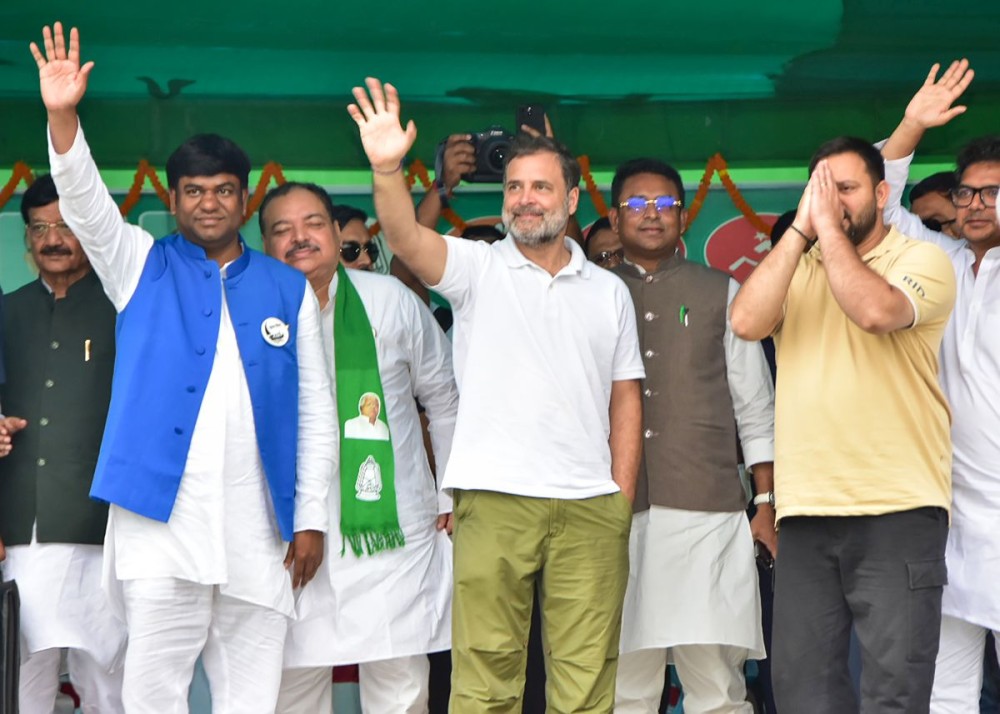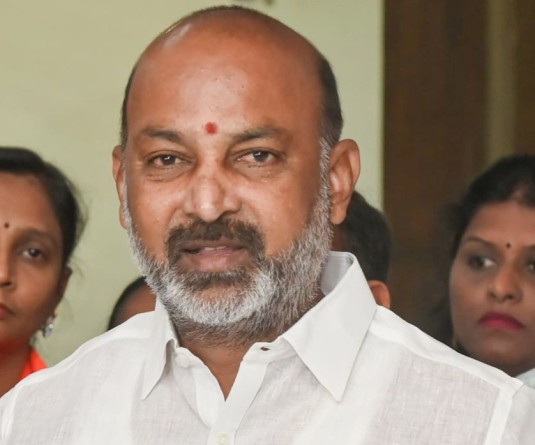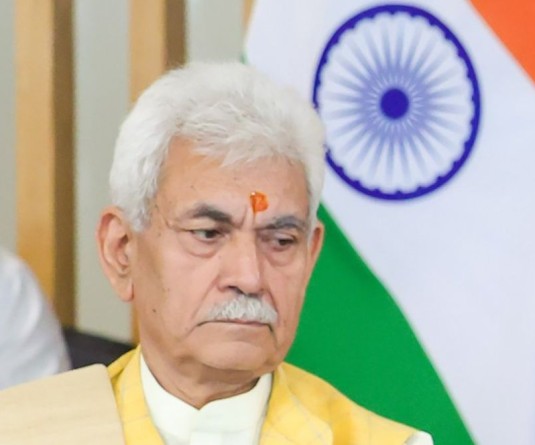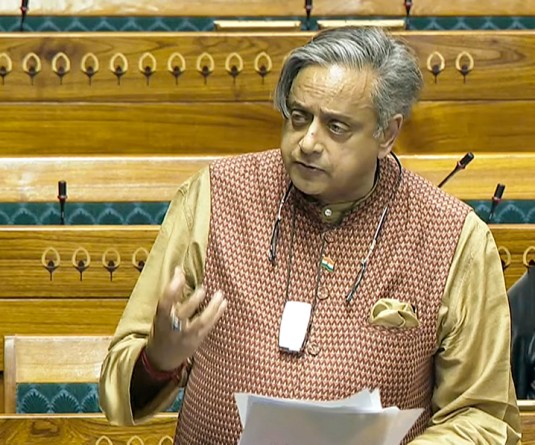Muzaffarpur: Leader of the Opposition in Lok Sabha and Congress MP Rahul Gandhi, LoP in Bihar Assembly and RJD leader Tejashwi Yadav and Vikassheel Insaan Party chief Mukesh Sahni attend a joint public meeting in support of the party candidate ahead of the Bihar assembly election in Muzaffarpur, Bihar, on Wednesday, October 29, 2025. (Photo: IANS)

New Delhi, October 29 (IANS) When his estranged elder sibling Tej Pratap Yadav said that Rashtriya Janata Dal (RJD) leader Tejashwi was living in their father Lalu Prasad’s shadow, the younger brother could have nodded in agreement since his aspiration to be Bihar’s next Chief Minister lay through that path.
Early this year, the Rashtriya Janata Dal (RJD) national executive committee passed a resolution empowering Tejaswi to levels that equalled that of the founder and party President Lalu. It was thus clear who among the latter’s nine children would carry the legacy forward.
Four of Lalu-Rabri's children exhibited interests in politics, with Misha Bharti standing by Tejashwi in the current family feud, seemingly content as a Lok Sabha member, while the younger Rohini Acharya has extended support to Tej Pratap.
Rohini, who unsuccessfully contested as an RJD candidate from Bihar’s Saran Lok Sabha constituency in 2024, makes no secret of her disappointment over their father’s endorsement of Tejashwi. She also makes it known that it was she who donated a kidney to Lalu earlier.
Tejashwi’s elevation in RJD was, therefore, through a family feud that is standing out more vividly with the elections. The resilience and determination that he has shown in his fights within the family and party reflected outside – in seat-sharing negotiations. Despite his age and experience being less than most of his allies, he handled them with elan, refusing to give in much to their demands.
He lacks the rustic sense of humour of his father, but that did not come in the way of making the partners smile, even if reluctantly. The exercise bore fruit in 2020 when the Mahagathbandhan fell short of a majority by only a dozen seats and the RJD emerged as the single largest party, winning 75 of Bihar’s 243 Assembly constituencies. He has thus lived by Lalu’s legacy of using alliance strength when facing a stronger opponent.
In 1999, when Sonia Gandhi was poised to stake a claim to form the government but Mulayam Singh Yadav refused to support, Lalu – despite being a political rival at times – was more amenable to working with the Congress. Though he had only seven seats in the Lok Sabha, the Bihar strongman played a role in trying to bridge gaps between regional leaders and Gandhi.
In the 2004 Lok Sabha elections, when the RJD won 24 Lok Sabha seats, giving Lalu substantial influence in forming the new government, he had famously said “I will play the role of queenmaker”, referring to his support for the Sonia-led Congress.
In the run-up to the 2025 polls, Tejashwi did upset a few parties – including the All India Majlis-E-Ittehadul Muslimeen (AIMIM) and national ally Jharkhand Mukti Morcha (JMM) – but he did not want RJD to either lose vote share or vote bank, accommodating more partners. He calculated that getting AIMIM onboard could paint a Muslim overreach and could affect Yadav votes. Bihar’s caste census report of 2022 shows the former at around 17.70 per cent and the latter at about 14.3 per cent. He is rather intending to somehow break into the Backward (OBC) and the Extremely Backward Class (EBC) votes, who together constitute some 63.1 per cent of Bihar’s population.
The RJD, which initially enjoyed their support, witnessed an erosion in OBC votes, being viewed as leaning further towards Muslim-Yadav support; while EBC votes shifted for Bihar’s ruling National Democratic Alliance (NDA), led by Nitish Kumar’s Janata Dal (United). He is thus trying to live Lalu’s legacy of using “Mandal” over “Kamandal”.
Lalu’s rise to prominence was rooted in the implementation and political mobilisation around the Mandal Commission’s recommendations. He used it as a tool against so-called Kamandal politics, said to be in favour of majoritarian, upper-caste-centred Hindutva projects. This consolidation also helped Lalu decimate the rising Communist forces, who stuck to “class struggle” over the state’s caste equations.
However, Tejashwi also carries the legacy of “jungle raaj” under the Lalu-Rabri regime that his critics have repeatedly raised with a slogan of “good governance” from Nitish Kumar. That is among the aspects of his father’s shadow that the young Yadav is trying hard to step out of.






